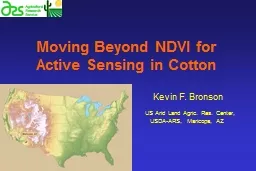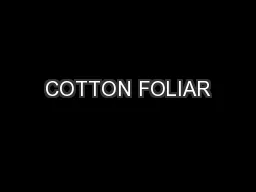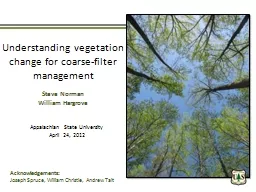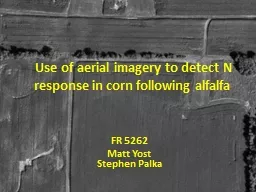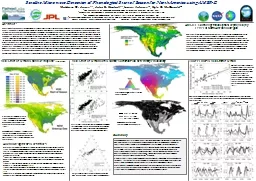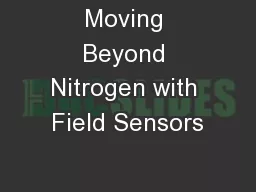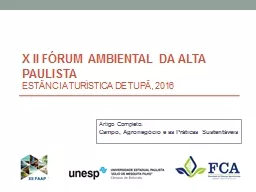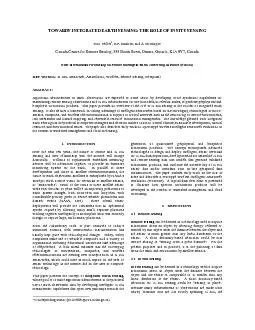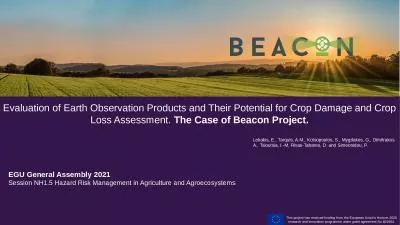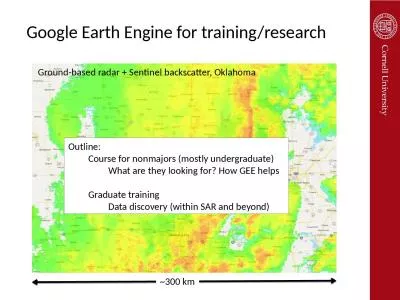PPT-Moving Beyond NDVI for Active Sensing in Cotton Kevin F. Bronson
Author : aaron | Published Date : 2019-10-31
Moving Beyond NDVI for Active Sensing in Cotton Kevin F Bronson US Arid Land Agric Res Center USDAARS Maricopa AZ Introduction Canal infrastruture and level land
Presentation Embed Code
Download Presentation
Download Presentation The PPT/PDF document "Moving Beyond NDVI for Active Sensing in..." is the property of its rightful owner. Permission is granted to download and print the materials on this website for personal, non-commercial use only, and to display it on your personal computer provided you do not modify the materials and that you retain all copyright notices contained in the materials. By downloading content from our website, you accept the terms of this agreement.
Moving Beyond NDVI for Active Sensing in Cotton Kevin F. Bronson: Transcript
Download Rules Of Document
"Moving Beyond NDVI for Active Sensing in Cotton Kevin F. Bronson"The content belongs to its owner. You may download and print it for personal use, without modification, and keep all copyright notices. By downloading, you agree to these terms.
Related Documents

